Ukraine's UAV Tactics Redraw the Face of Modern Warfare
Ukraine has been conducting long-range strikes against targets inside Russia. Their goal is to degrade Russia’s combat capabilities by attacking oil refineries and factories. At the same time, Ukraine wants to send a message to aid countries that a Russian victory is not inevitable. Finally, the campaign is aimed at putting political pressure on Russian President Vladimir Putin to negotiate a deal to end the conflict that is favorable to Ukraine.
In parallel, Russia has launched similar operations against Ukraine, focusing on its energy infrastructure and defense industry. The campaign has intensified recently, with hundreds of UAVs attacking Ukraine each night. Over the weekend, Russia and Ukraine launched intense long-range attacks on each other’s targets.
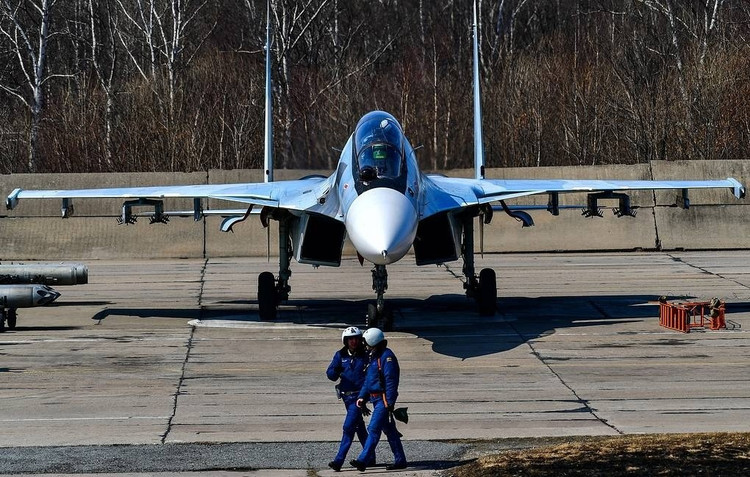
Russia attacked Ukraine with more than 400 UAVs and missiles. For its part, Ukraine launched a surprise attack on several Russian air bases, destroying a number of bombers.
While the Ukrainian attacks are impressive, they are unlikely to have a strategic impact on the conflict. Russia has been experiencing such attacks for some time, and the Kremlin insists it will not abandon its maximalist objectives. But the attacks will still have an impact on the conflict in Ukraine.
First, like previous attacks, they will force Russia to reconsider where it deploys its strategic air assets and how it protects its bombers and associated infrastructure. This could mean moving its aircraft more frequently to avoid detection or moving them farther from Ukrainian territory. Russia may also be forced to redeploy air defense systems from elsewhere, although it is unclear whether this will be on the front line or in other strategic locations.
Second, depending on the number of aircraft destroyed or damaged, Ukraine could reduce the number of Russian bombers capable of carrying and launching long-range missiles against Ukraine. This is an important goal for Kiev because these missiles are harder to intercept, more accurate, and more destructive than drones. Missiles launched from bombers regularly penetrate Ukrainian air defenses at a higher rate than UAVs. Weakening this Russian missile attack capability is key to Ukraine’s ability to protect its people, infrastructure, and overall combat operations.
Second, the campaign will affect the morale of the Ukrainian people and soldiers, which is always important in a war. With Ukraine facing drone attacks almost every night, the people need to see that the country is still capable of fighting back. While Ukraine has responded with large-scale strikes against strategic targets in Russia many times, this attack could be the most spectacular in a long time.
Finally, as a prelude to the Istanbul peace talks, Ukraine is sending a signal to its supporters that it remains committed to fighting and that Russia remains struggling to make progress on Ukrainian territory, and that Russia’s negotiating stance needs to be viewed with caution.
“This attack should be a wake-up call for militaries around the world,” said Stacie Pettyjohn, director of the Defense Program at the Center for a New American Security (CNAS). “In many ways, the June 1 attack was more effective than Ukraine’s previous long-range drone attacks because the small UAVs are able to disperse, move autonomously to multiple targets, and strike with precision over a large area of a large air base.”
“The key element of the attack was the covert infiltration and deployment right next to air bases – which appeared to be relatively poorly defended because few people had previously feared that Ukraine could attack so deep into Russian territory,” the expert said.
New nightmare of Russian military base
It is unclear where the drones were controlled from, or whether they used artificial intelligence to identify the Russian aircraft as targets. Ukraine claimed that the canopies on the trucks carrying the UAVs were opened “remotely” to allow the UAVs to take off. Kiev also claimed to have destroyed some 41 aircraft, but a pro-Russian blogger said only 10 were destroyed.
“There are many counter-drone technologies available, but most of them are useless against closed-loop systems with fiber-optic cables,” said Michael Boyle, an associate professor at Rutgers University and author of a book on drone warfare. “Militaries need to rethink their counter-drone strategies, even if attacks like those seen in Russia remain rare and difficult to replicate.”
Air bases are typically protected by a multi-layered defense system, including long-range radars, interceptor missiles, and jammers to disable radio-controlled UAVs. However, the June 1 attacks rendered virtually all of these defenses ineffective. By launching from close range, the UAVs approached their targets without being detected by early warning radars, and by attacking in swarms, they were able to overwhelm even the most advanced air defense missile systems. Some videos recorded on June 1 also showed the sound of infantry gunfire, likely from Russian soldiers attempting to shoot down the UAVs.
Colonel Markus Reisner, head of research and development at the Austrian Military Academy, said the attack provided “a glimpse of future warfare.” Since the beginning of the conflict, Moscow has used long-range bombers such as the Tu-22, Tu-160 and Tu-95 to attack Ukraine. In these attacks, the heavy aircraft often launch cruise missiles from a safe distance, out of reach of Ukrainian air defense systems. As a result, Ukraine has repeatedly tried to destroy these bombers as well as A-50 airborne command and control aircraft in recent years.
Beyond the conflict in Ukraine, the attack underscores the role of drones in modern warfare. It is a telling lesson in balancing small numbers of advanced weapons with large numbers of cheap ones. At the same time, it shows that military bases, whether on the front lines or in the interior, are more vulnerable than ever to cheap, easily concealed weapons that can be deployed quickly and with little warning. The latest Ukrainian attacks on Russian military airfields will certainly influence the course of the conflict, but they are unlikely to change the political calculus of Russian leaders. But they are another sign of what the future of war will look like—one that many Western militaries are still not fully prepared for.
Source: https://khoahocdoisong.vn/nga-doi-mat-moi-de-doa-moi-sau-don-tan-cong-thuc-sau-cua-ukraine-post1545457.html










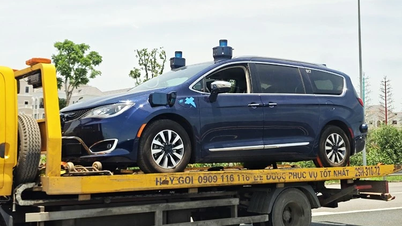









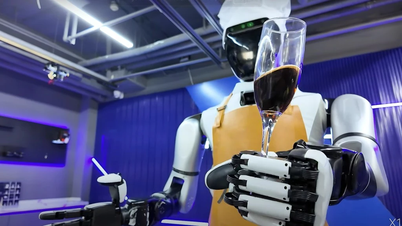

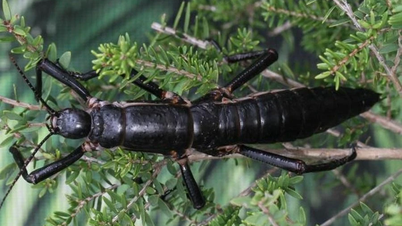
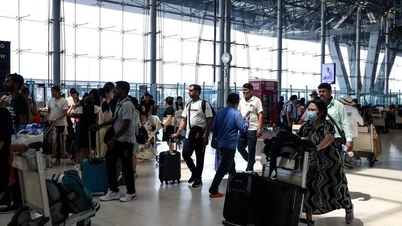



























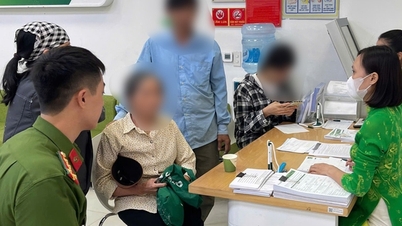













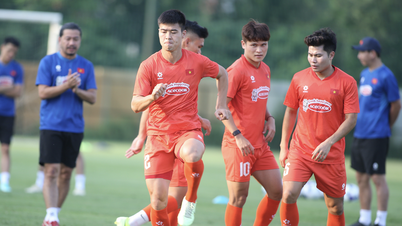
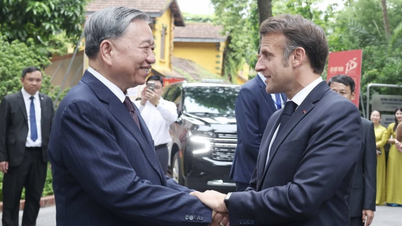











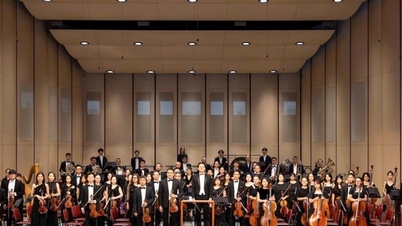



















Comment (0)